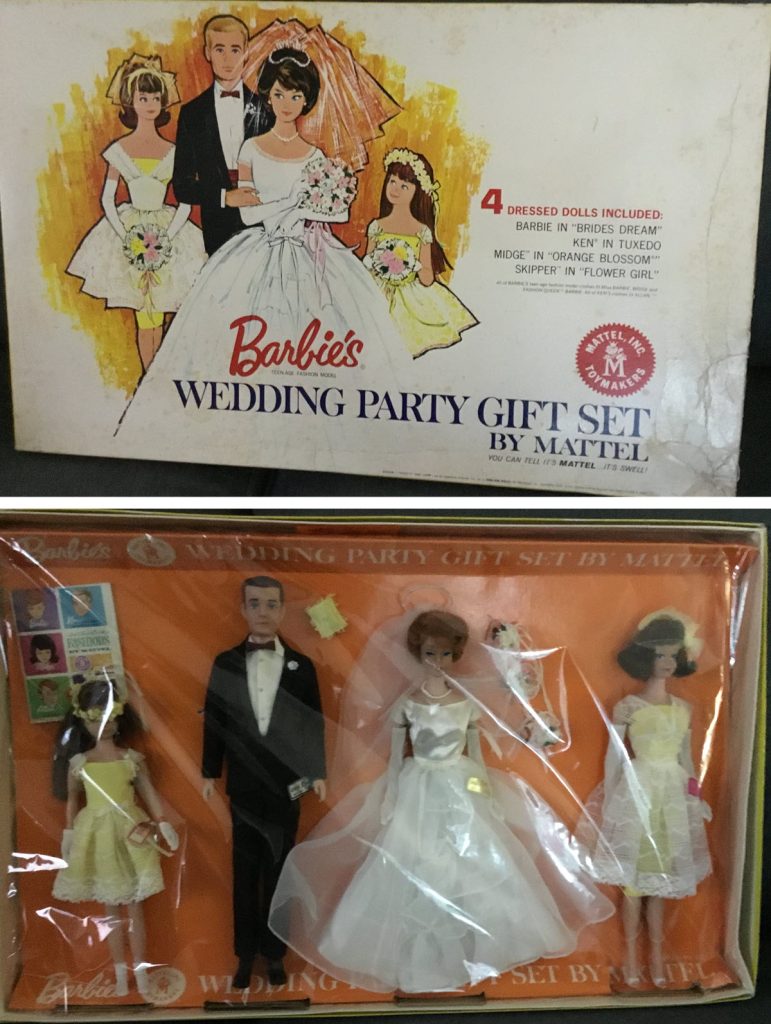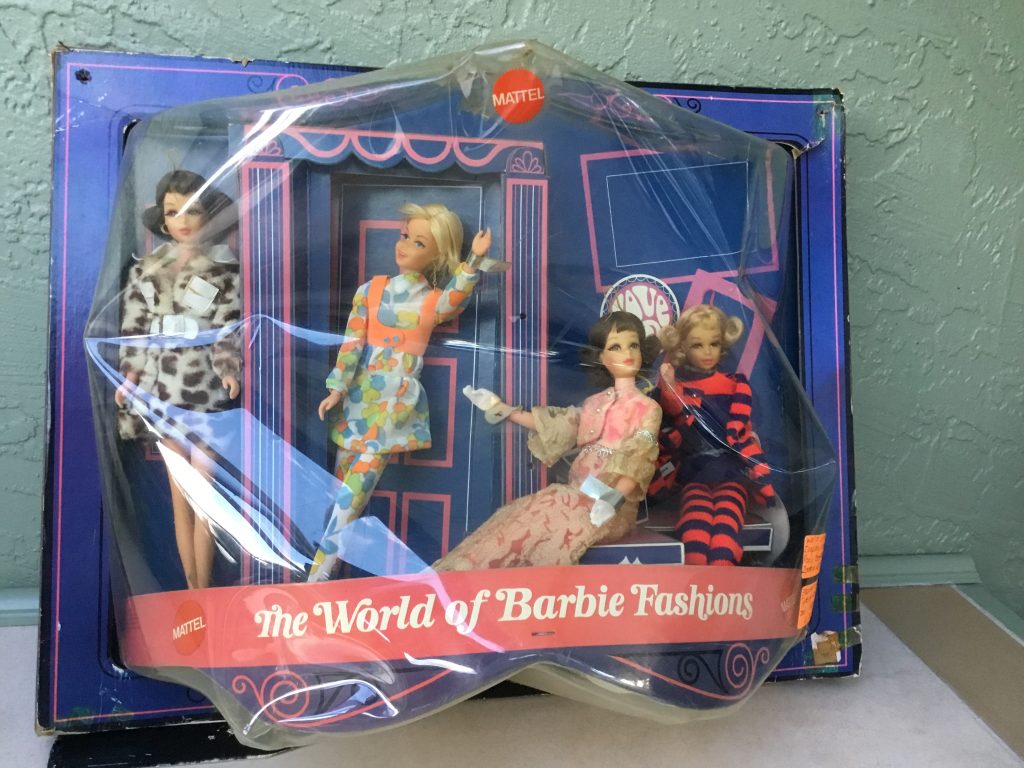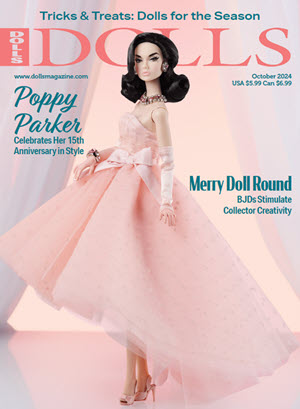By A. Glenn Mandeville
No one could ever deny that Ruth and Elliot Handler, the married couple that headed Mattel Inc. in the Golden Age of the 1960s, were marketing and creative geniuses. Inspired by a novelty doll found in Europe, the team created a doll that debuted in 1959 and is still a household name today. The Handlers always uncannily had their pulse on what young America in the 1960s was all about. This team broke all barriers of the time in creativity and utilized the most innovative marketing techniques available.
When the Barbie doll was first introduced at the New York Toy Fair in 1959, buyer response was lukewarm. So the Handlers took the doll directly to their target audience — the young Baby Boomers of the times. Using commercials on prominent children shows of the day (such as “The Mickey Mouse Club”), they turned a simple concept into the most recognized doll in history.

At first seen through the lens of having a child “make believe that I am you,” the commercials gradually gave way to the concept of Barbie and later Ken as people in their own right. Thus they became celebrities with last names, a school, and many different careers — the dolls were as real to children as their real-life friends.
All of this fabulous life was also partially made by the Carson Roberts Agency, one of the most prestigious publicity firms of the day. With their hard work, Barbie and Ken even took their last names as Barbie Roberts and Ken Carson. With Elliot Handler at the marketing helm, the company soon developed into a well-oiled machine that constantly marketed to their young audience. The first concept was simple. The basic doll cost $3 and came with a booklet that told of a beautiful girl’s beautiful life. Much like comic-book character Katy Keene, Barbie was hard-working, and so success came naturally to her.
Fashion booklets showed all the outfits available for Barbie, ranging in price from $1 to $5. This allowed children to suggest to parents what their next birthday or holiday gift could be. By 1960-61, the concept of a boxed gift set was introduced as a more expensive option to Barbie’s growing fan base. These boxed sets featured artwork that was, by today’s standards, spectacular.
The first set, Mix ’N’ Match Set (number 857), featured select pieces from Barbie’s fabulous wardrobe. The cost was $12 and the box featured a striped lid with a silhouette of Barbie. The Barbie & Ken Gift Set (number 892) retailed for $15 and had the “boy next door” artwork on the cover.


The concept of Barbie and Ken as the perfect teen couple, going to Willows High, was further developed with the addition of friend Midge Hadley. The trio was featured on the box of the Barbie, Ken & Midge On Parade Gift Set (number 1014). The dolls were dressed as a drum major, drum majorette, and cheerleader. For about $20, this fantasy world could be yours!
When Barbie’s little sister, Skipper, was added to the mix, Mattel was assured that the younger fan of the dolls would not outgrow the world of Barbie! With the super deluxe Barbie’s Wedding Party Gift Set (number 1017), one could pretend that Barbie and Ken were getting married, with Skipper and Midge in matching fashions to celebrate the wedding. At a cost of about $25, it cemented the fantasy that many a young child had of a glorious future ahead.
As the 1960s progressed, serious issues such as racial discrimination and women’s rights were covered by Mattel admirably with the addition of African American friend Christie and the varied careers of Barbie. The clever marketing continued with even more fashion booklets and Barbie’s own magazine and fan club.
This would lead to lavish store displays featuring the entire cast, such as The Wonderful World of Barbie, circa 1969, that showcased the star dolls of the lineup for that year. Another spectacular display called The World of Barbie Fashions featured Barbie’s Cousin Francie and her friend Casey.
These store displays and others can command $3,000 and up on the collector market. Few still exist, because the retailer could sell the dolls separately in boxes provided by Mattel when the fashions or dolls were discontinued. The display dolls can usually be identified by a grey or white band around the wrist instead of the usual wrist tag.

The gift sets and displays shown here are just a sample of Mattel’s clever marketing in the 1960s. Thanks to these efforts and more, Barbie is a name that will not be forgotten by children or adults!


Dolls from the collection of Sherry & Ron Springsteen
Photos by Sherry & Ron Springsteen
Technical assistance by Richard Chapman
A. Glenn Mandeville is the author of numerous books on dolls and doll collecting and writes his Curious Collector column for each issue of DOLLS magazine.






